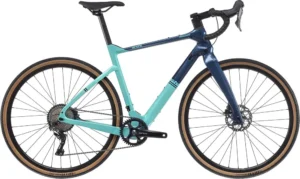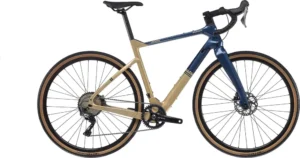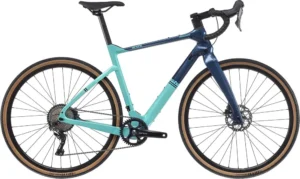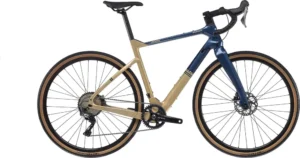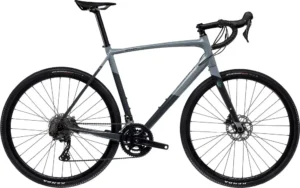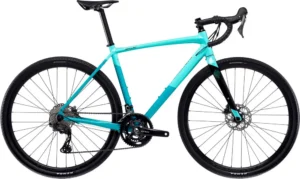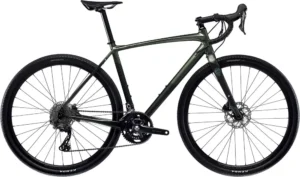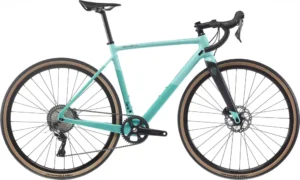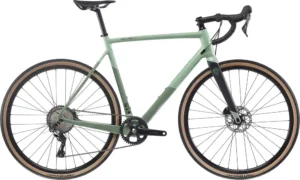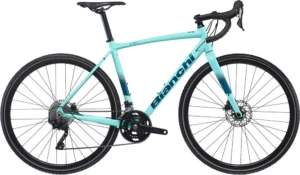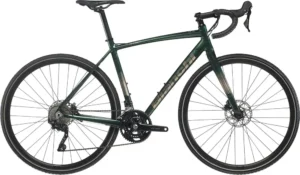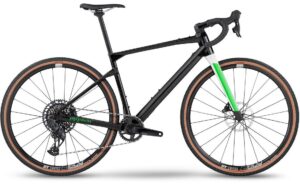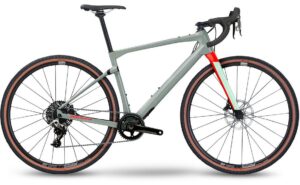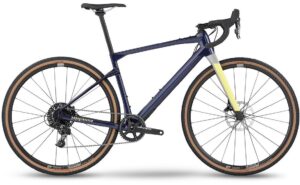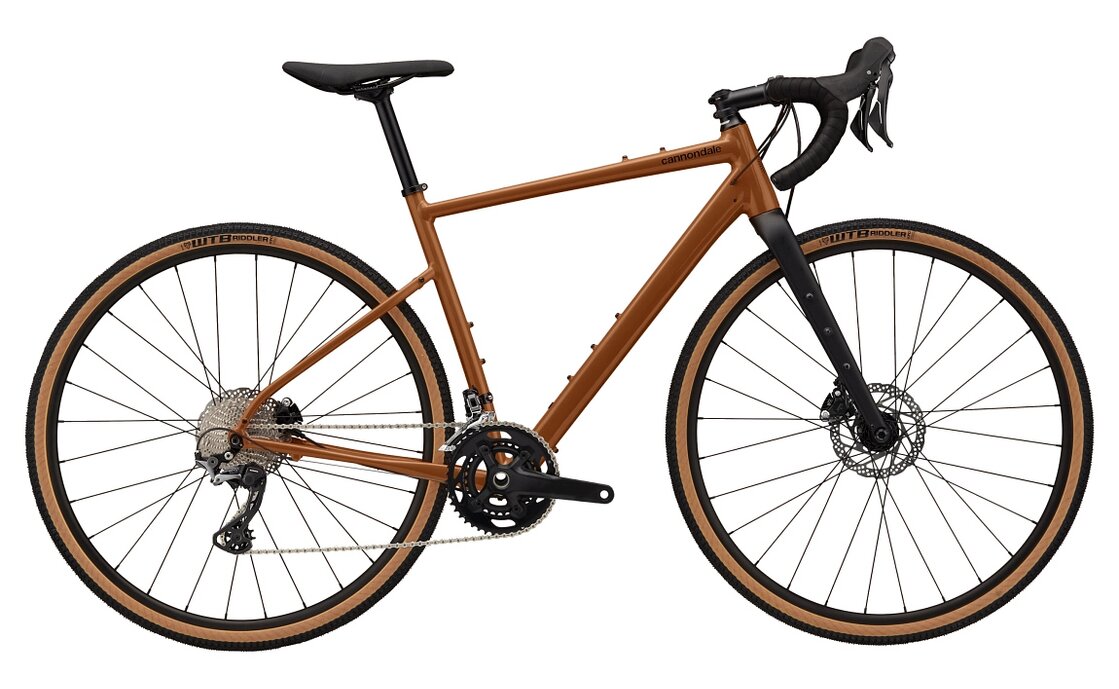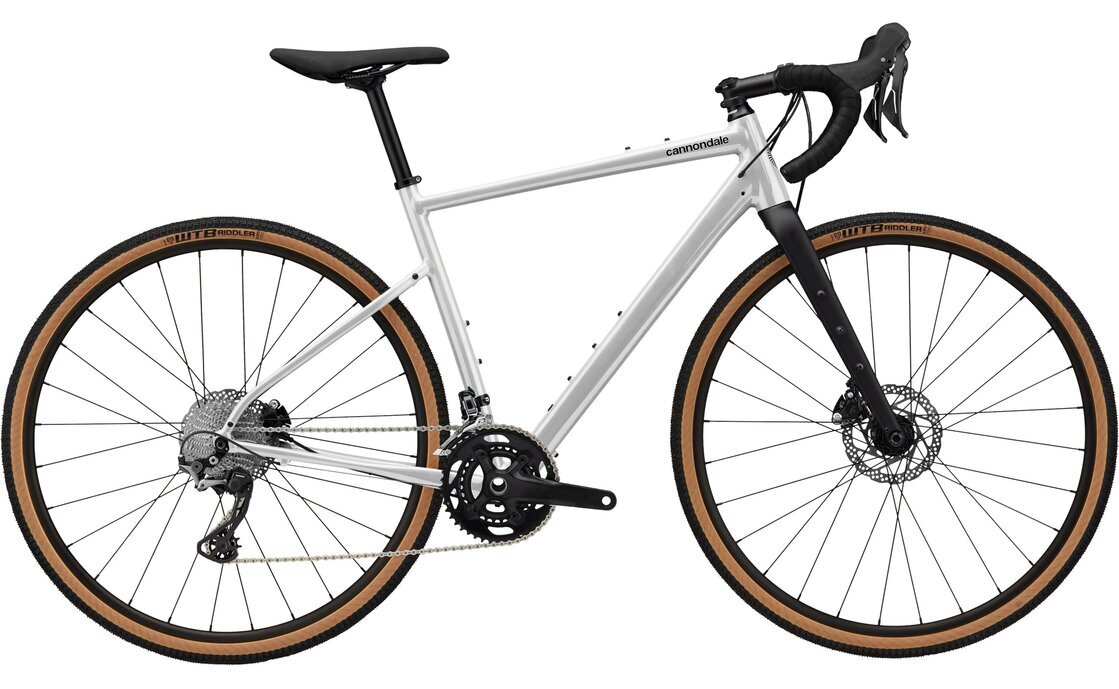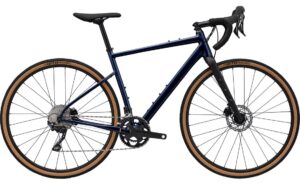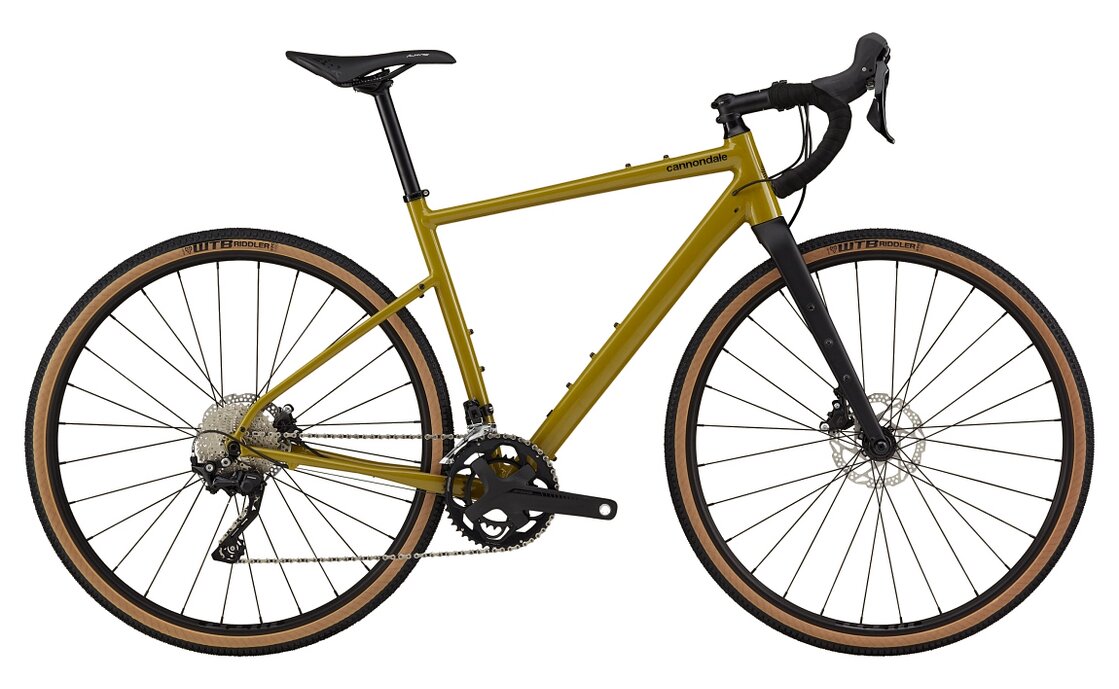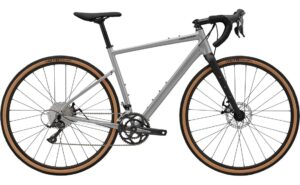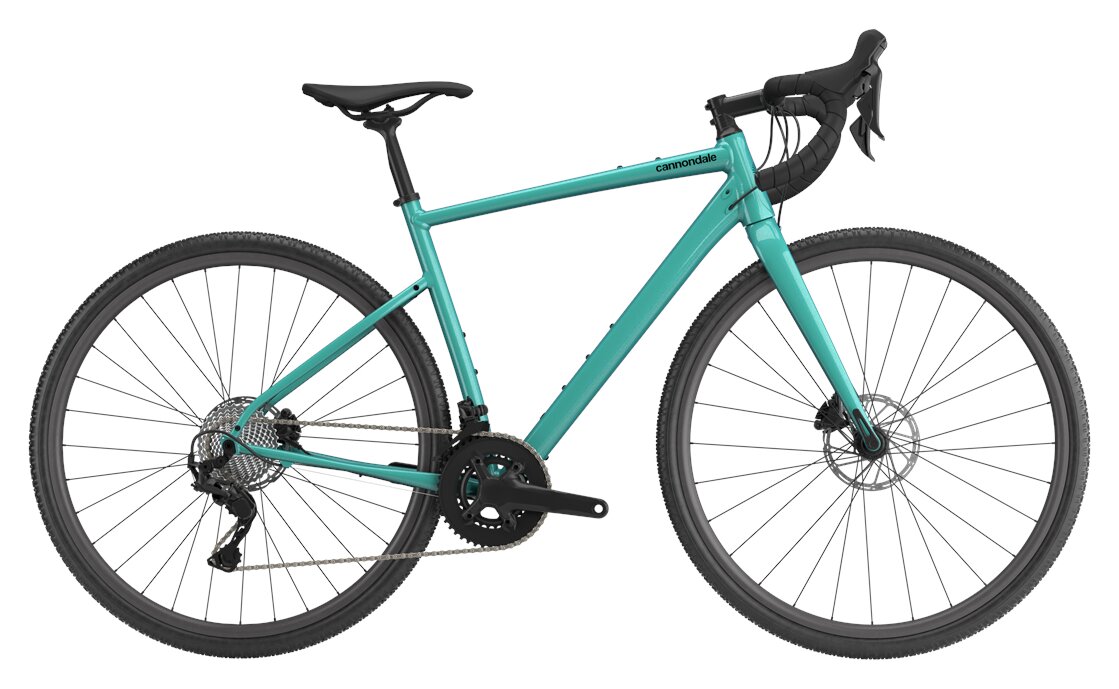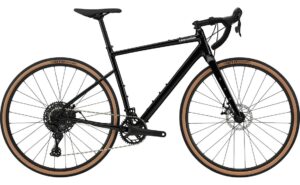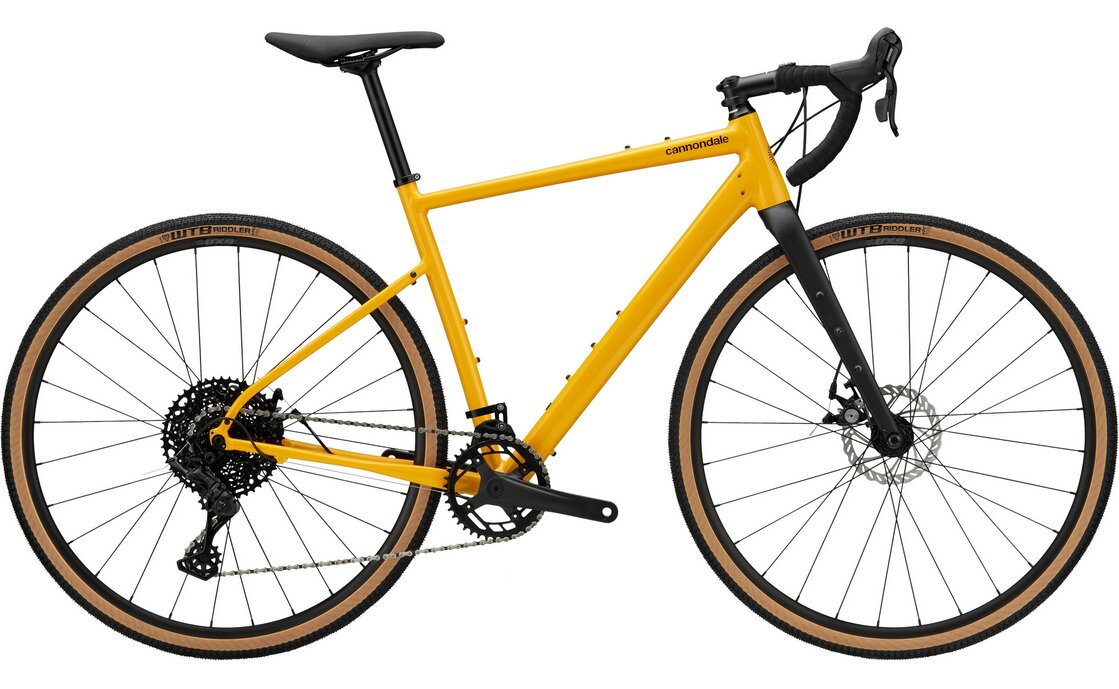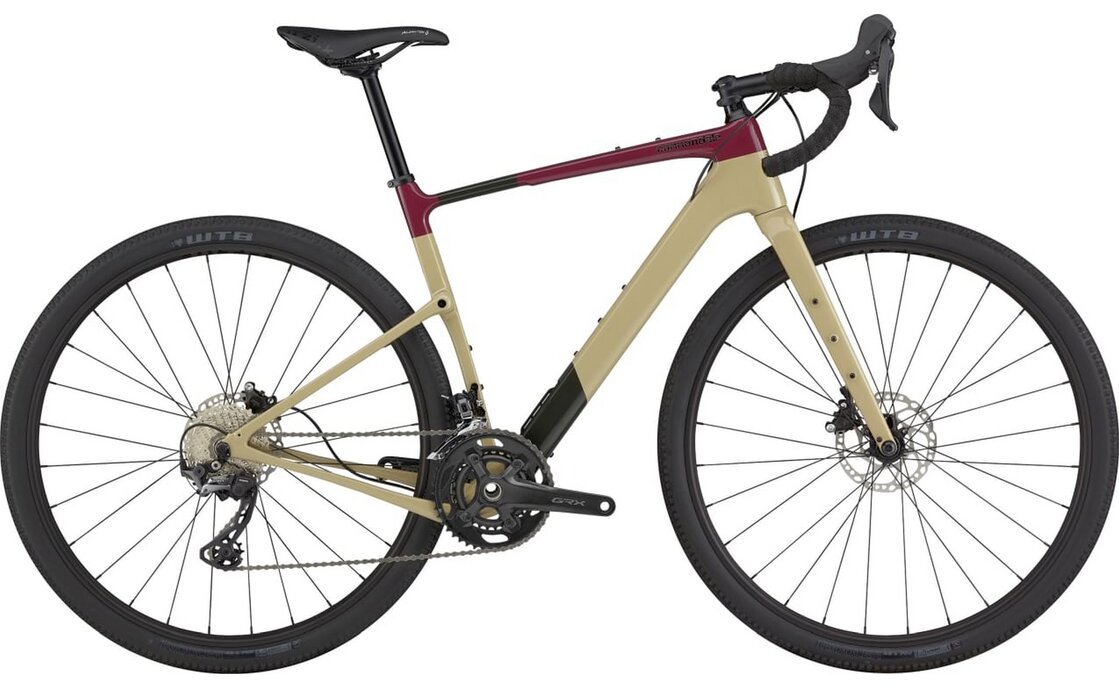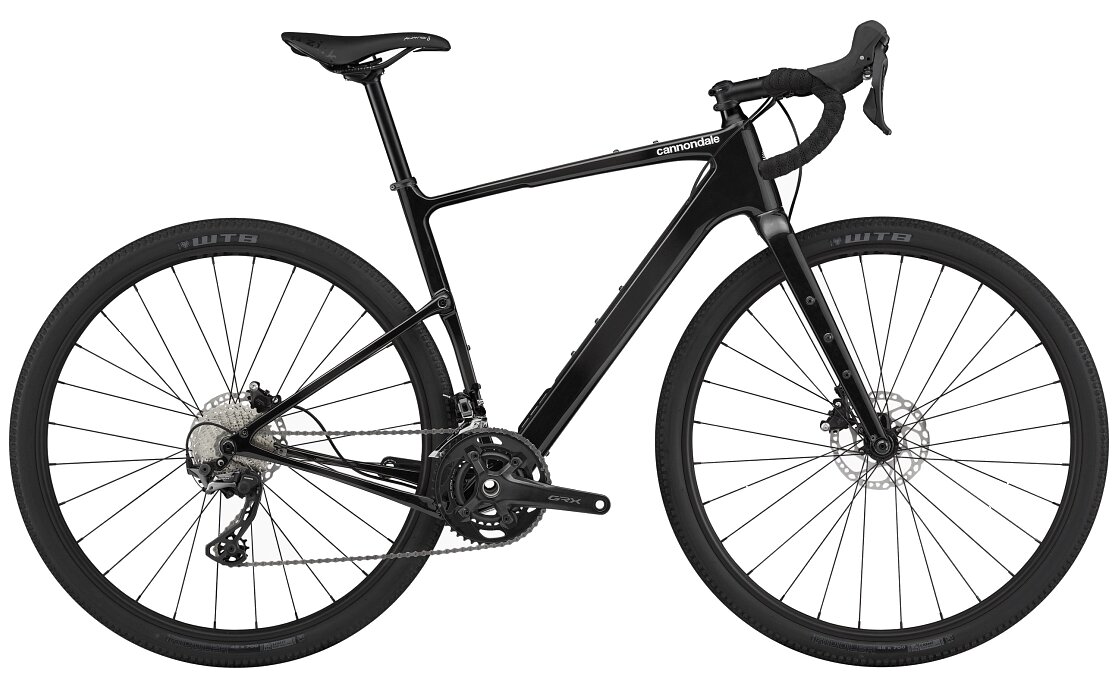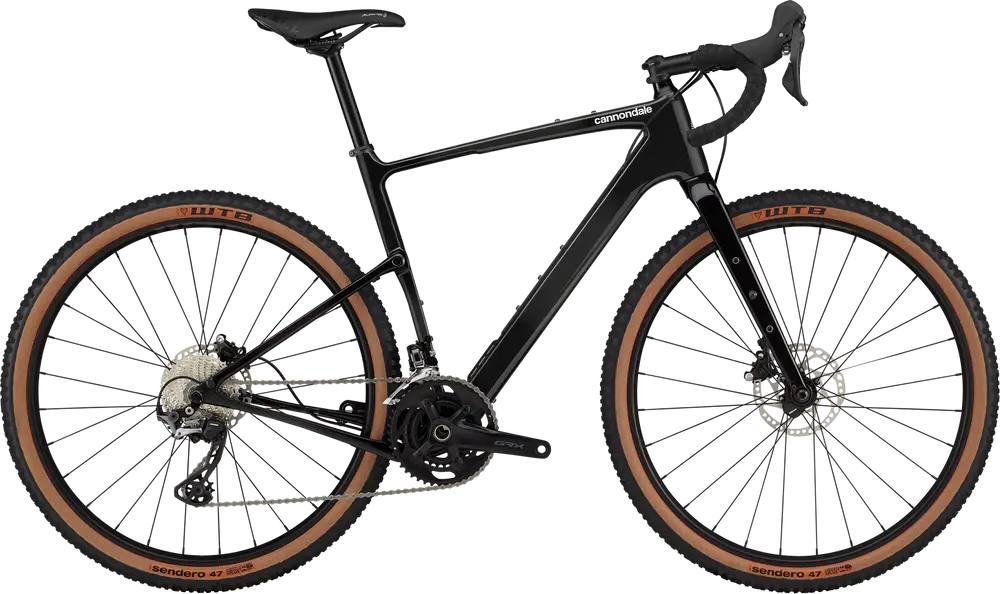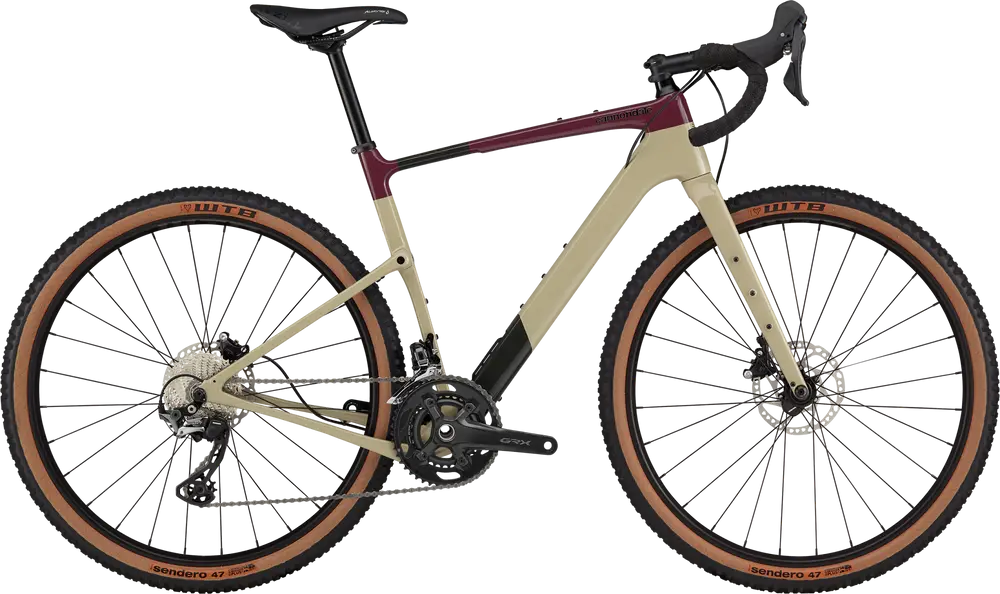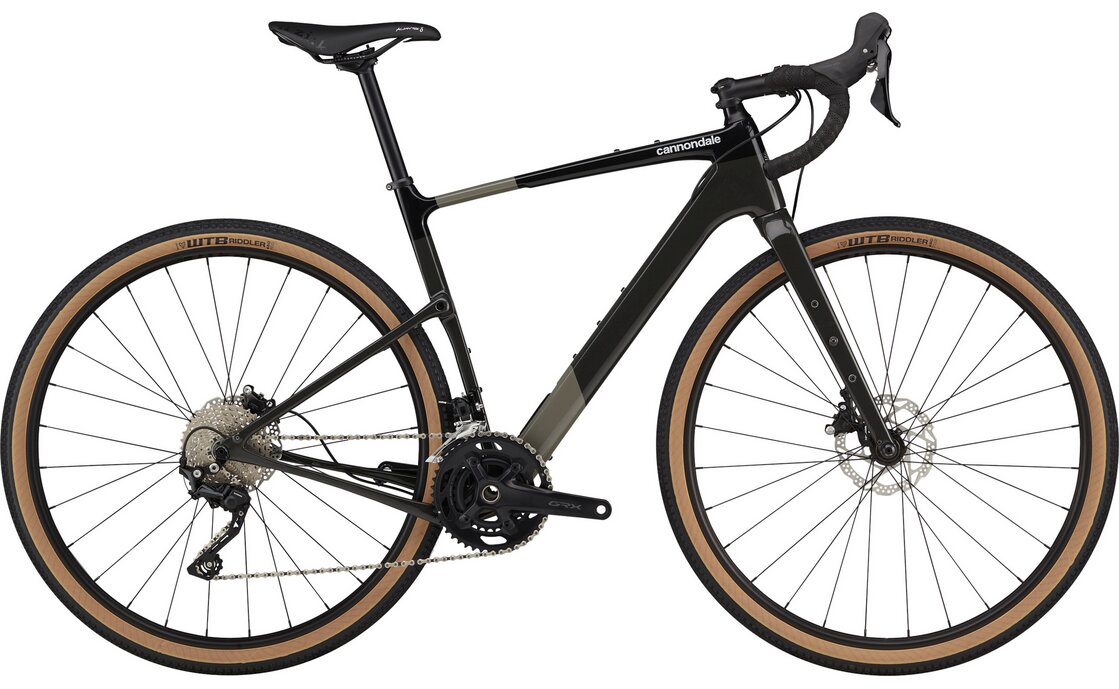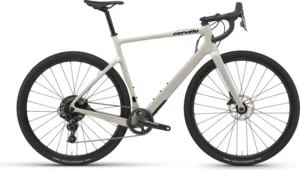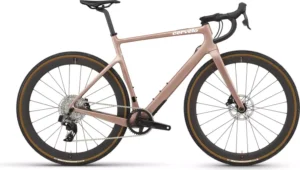-
- -15%
Bianchi Arcadex GRX 600 | 2023
- Original price was: €2.699,00.€2.300,00Current price is: €2.300,00. Inc. VAT
-
- -8%
Bianchi Impulso GRX 600 | 2023
- Original price was: €2.449,00.€2.250,00Current price is: €2.250,00. Inc. VAT
-
- -7%
Bianchi Impulso GRX 810 | 2023
- Original price was: €2.799,00.€2.600,00Current price is: €2.600,00. Inc. VAT
-
- -16%
Bianchi Impulso Pro GRX 600 | 2023
- Original price was: €2.849,00.€2.400,00Current price is: €2.400,00. Inc. VAT
-
- -8%
Cannondale Topstone 1 – Gravel Bike | 2023
- Original price was: €2.400,00.€2.200,00Current price is: €2.200,00. Inc. VAT
-
- -10%
Cannondale Topstone 2 – Gravel Bike | 2023
- Original price was: €1.999,00.€1.800,00Current price is: €1.800,00. Inc. VAT
-
Cannondale Topstone Carbon 3 650b – Gravel Bike | 2023
- €3.000,00 Inc. VAT
BUY GRAVEL BIKES ONLINE
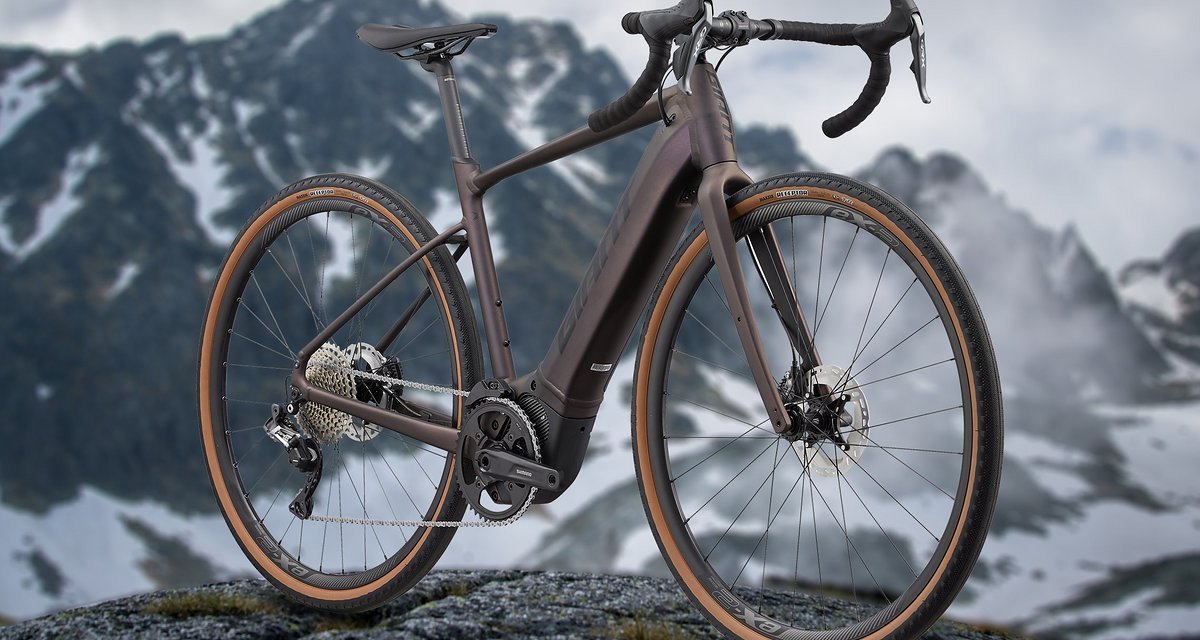
✅ WHAT IS A GRAVEL BIKE?
Not only road bike freaks have discovered the gravel bike for themselves, mountain bikers can also be convinced by the off-road sportiness of this trendy type of bike. “Gravel” stands for gravel – and it is precisely for this surface that these bikes were created.
✅ SO A ROAD BIKE FOR UNPAVED ROADS?
Not quite – that would be too easy and wouldn’t do justice to the benefits of a gravel bike.
The cranked handlebars only look like those of a road bike at first glance. A typical gravel bike handlebar has outward-facing handlebar ends and guides the gravel speedster quickly and safely over unpaved paths.
A relationship to the cyclocrosser, who also ride beyond the asphalt, cannot be denied, but the gravel bikes are clearly the endurance variant. While the cyclocrosser is more of a sprinter, the gravel focuses on the long distance.
There are options for mounting mudguards and luggage racks – and if you want, you can even transport a bicycle trailer with them. For mums and dads riding road bikes, this is a great way to get their offspring out into the fresh air and at the same time not have to do without a training session.
A bike that you don’t have to go on an adventure with, but that doesn’t stop you from either.
THE FEATURES OF GRAVEL BIKES:
- offset handlebar with outward-facing handlebar ends
- wide, moderately profiled tyres
- long wheelbase and “comfortable” steering head angle
- sporty, but relatively relaxed seating position for long tours
- possible installation of mudguards and luggage racks
THE GEOMETRY OF GRAVEL BIKES
Even though a gravel bike looks like a road bike with thicker tyres at first glance, there are some differences in terms of geometry and ergonomics. When you get on it for the first time, you will notice that the seating position on a gravel bike is quite relaxed and comfortable compared to a road bike.
Manufacturers are looking for a compromise between comfort and sportiness, which is why gravel bikes are suitable for long tours, but at the same time can also be moved quickly.
In order to improve the rolling characteristics in the terrain, the steering angle is flatter than on a road bike. This makes it easier to roll over obstacles.
In addition, the wheelbase is larger, which improves straight-line stability and brings a lot of stability, especially at high speeds. The cranked handlebars with outward-facing handlebar ends also help here. This can be gripped more ergonomically and prevents rapid fatigue of the forearms.
Due to these features, a gravel bike is suitable for all cyclists who like to ride extended tours without being limited to paved roads. That’s where the road bike gets stuck, the fun on the gravel bike really begins. Forest and gravel paths, sometimes even easy trails, really put you in a good mood on these playful bikes.
✅ WHERE DO YOU RIDE A GRAVEL BIKE?
The substrates in brief:
- Changing substrates
- Asphalt, gravel and mud, but no challenging trails
✅ FOR WHOM IS THE GRAVEL BIKE SUITABLE?
You want to be fast, your routes consist of asphalt as well as forest, field and gravel paths, you like longer tours, but don’t want to be completely shaken and wind and weather don’t stop you from your passion for cycling? Then you will find a benevolent companion with the gravel bike!
For whom:
- Sporty drivers who also feel comfortable off the tarmac
HOW MUCH DOES A GRAVEL BIKE COST?
Of course, the price of a gravel bike depends on the requirements and the components installed. We want to help you find out what you can expect for the three price ranges: entry-level, mid-range and high-end in terms of components and prices.
✅ HOW MUCH DOES AN ENTRY-LEVEL GRAVEL BIKE COST?
The entry into the gravel world makes the wallet about 1200-1500 euros lighter. Of course, you shouldn’t expect any precious parts in this price range, but the bikes are already suitable for extended tours. So you get a high-quality frame made of aluminium, but you have to be satisfied with cheaper components for add-on parts and drive. For example, you can often find the Shimano Tiagra groupset on these bikes.
As befits a gravel bike, the inexpensive models are also equipped with powerful disc brakes. However, some bikes use mechanical stoppers that can’t quite keep up with the hydraulic versions in terms of braking power.
Nevertheless, they are suitable for use on easy trails, gravel and forest paths. The same applies to the tyres, which do not have the best carcasses, but are quite valuable and functional. In terms of weight, an entry-level gravel bike weighs about 10 kilograms.
✅ HOW MUCH DOES A MID-RANGE GRAVEL BIKE COST?
Between 1700-2000 euros you can look forward to gravel bikes that shine with a beautifully finished aluminium frame. Carbon is still rare here, but the wheels are still pleasantly light and powerful. Speaking of drivetrains: high-quality groups are already being used here, such as Shimano’s Ultegra groupset or SRAM Apex components.
Most of the time, however, you have to be satisfied with a mix of Ultegra and cheaper parts. Perhaps the most interesting improvement to the entry-level bikes are the hydraulic disc brakes. These are virtually standard in this class and bring even more safety and self-confidence in the downhill.
The rest of the components are also of higher quality, such as the wheels. Thanks to better bearings, they can withstand many rides in the mud. Better tyres also ensure less susceptibility to punctures. In terms of weight, the wheels weigh about 9-10 kilograms.
✅ HOW MUCH DOES A HIGH-END GRAVEL BIKE COST?
Above the 2500 Euro mark you will find real high-end gravel bikes. Here you will find lightweight carbon frames that shine with a particularly beautiful design language.
However, aluminium frames are still used, as they are also light and can withstand a little more in the event of a fall (which happens when graveling). In terms of drive, however, you will find noble components on all wheels.
In terms of drivetrain, this is usually called Shimano Ultegra and Dura Ace or SRAM Force or Rival. There is also no stinginess with the disc brakes. Hydraulic stoppers from Shimano or SRAM provide the necessary amount of braking power.
When it comes to tyres, most manufacturers rely on top models from Panaracer, WTB or Vittoria, which shine with low rolling resistance, good grip and excellent puncture resistance. This makes a high-end gravel bike suitable for any tour: whether at home, in the Alps or at a race.
A weight of 8-10 kilograms make the wheels very powerful and easy to handle. This is particularly noticeable off-road and on extended tours.
✅ WHAT TYRES DOES THE GRAVEL BIKE MOVE ON?
The tyres:
- wider tyres
- good compromise for changing surfaces
- moderate profile
THE USE OF SAFE DISC BRAKES:
The brakes:
- hydraulic disc brakes
- Easy to dose
- Very high stability even in wet conditions

